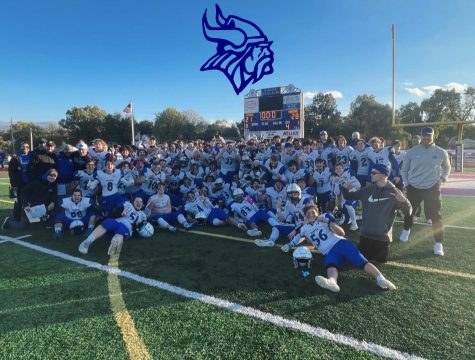The Alliance of American Football
Following a Super Bowl that fans across the nation have deemed one of the most disappointing of all time, the NFL season ended on a sour note. Questions of what could have been if different teams had advanced to the climatic game would typically linger far longer than necessary. Though analysts can pick apart every play from the Super Bowl and make as many bold predictions for next season as they like, they will never be able to accurately predict the subsequent season. For years, the NFL offseason has been not only among the longest, but the driest, of any professional sport. The NFL, even including the postseason, spans over less than 25 games per team. However, in 2019, the era of the endlessly boring offseason has closed. This year, the NFL is introducing The Alliance of American Football, the AAF, a league for developing NFL talents who do not currently have a position on an NFL team. Young players and failed draft prospects alike will have a chance to display their skills on a worldwide platform.
The AAF was conceptualized by filmmaker Charlie Ebersol, who then gathered various football legends to help make his vision a reality. In the summer of 2018, team locations, name, and even coaches were announced. As that summer inched closer to fall, players to participate in this brand-new league were signed. Each was granted a 3-year contract for $250,000. By the time everything was finalized, the NFL regular season was well on its way, and the AAF sunk away into obscurity. However, once the TV cut away from Tom Brady hoisting the Lombardi Trophy, football fans could rest easy knowing their season was far from over.
In creating this new league, it was inevitable for there to be changes to the NFL’s gameday formula beyond the slight drop-off in talent of the players. The games fit into the TV structure differently than a typical NFL game. Namely, commercials will be heavily reduced. The ads that remain will no longer be primarily full-screen commercials, but instead, a minimized screen that is next to live footage of players getting set up or the referees discussing. This makes the game move faster, so the AAF games are less of a time commitment and less of a drag than when seemingly every play is followed with a lagging commercial break. A majority of NFL fans would likely advocate for this change in the NFL itself, so it was a welcome start to the league. On paper, the AAF was shaping up to be an exciting addition to the cycle of football, but only time would tell if these new benefits would translate to quality.
The AAF began this past Sunday, exactly one week after the Super Bowl. The league is split up into 8 teams, which are divided into two conferences. February Sundays are football Sundays as these teams will face off throughout the day, with a prime-time game penciled in to give the same aura of the regular season. Along with this, games will also take place on Saturday for a weekend filled with football. The games are best viewed through the same lenses of a preseason game. There is a reason that the majority of these players are not on an NFL team. There is no shortage of turnovers as cringe-inducing fumbles and ugly interceptions end drives on the field. Drops will be made, and blocks will be missed, and all these mistakes may reduce some people’s enjoyment of the games. However, for every embarrassing mistake, there is a truly shocking and frankly exciting play where a player’s potential flashes. From Steve Spurrier and the Orlando Apollo’s take on the famed “Philly Special” to end the half, to a pair of touchdowns for former NFL laughing stock Trent Richardson, the AAF had excitement in spades. There have already been some great throws, catches, and hits, and the players will only continue to grow as their season progresses and their teams develop chemistry.
Something that may struggle to grow is the ratings. The AAF got off to a fast start, pulling in 2.9 million viewers, topping the 2.5 million viewers tuning in to the NBA game the same night. However, as many TV networks know, the numbers of the premiere are typically unsustainable. The number of viewers from the first set of games is doomed to decrease. The first week always brings curious viewers, but the likelihood of all of them sticking around is slim to none. But, a slight dip would still not make this experimental league a failure, and, thus far, criticisms against it have been minimal. The league has enough talent to stay relevant, and there is enough offense in the sample size this week has provided to continue to bring in hardcore football fans and casual viewers.
The AAF will likely never grasp near the popularity of the NFL, but for what it is, it has a had a successful first weekend. Highlighting the weekend, surprisingly, have been the kickers. The kicking position was one that, as a whole, struggled severely in the NFL. However, kickers impressed in the first week, missing only two kicks. Likewise, players like aforementioned running back Trent Richardson and Damarius Travis, both of whom were surrounded with hype prior to their lackluster NFL careers, impressed the first weekend of the AAF. Their successes were not the only ones on the field, however, and those kinds of success stories are what the AAF is all about. Players get paid, competitive practice, and an opportunity to show their skills off to NFL scouts, while fans get to enjoy the pleasures of American football for weeks longer than years before. The typically excruciating wait for the draft is suddenly much more palatable, and as long as the ratings remain steady, this could be a welcome and permanent addition to the sport of football.






